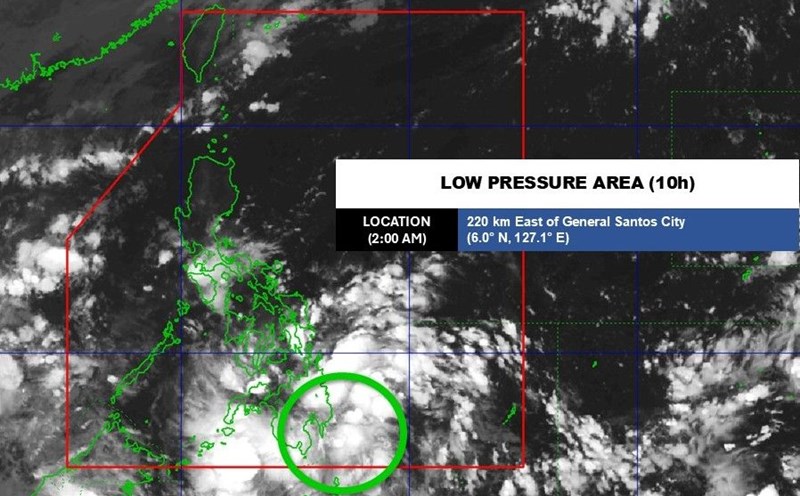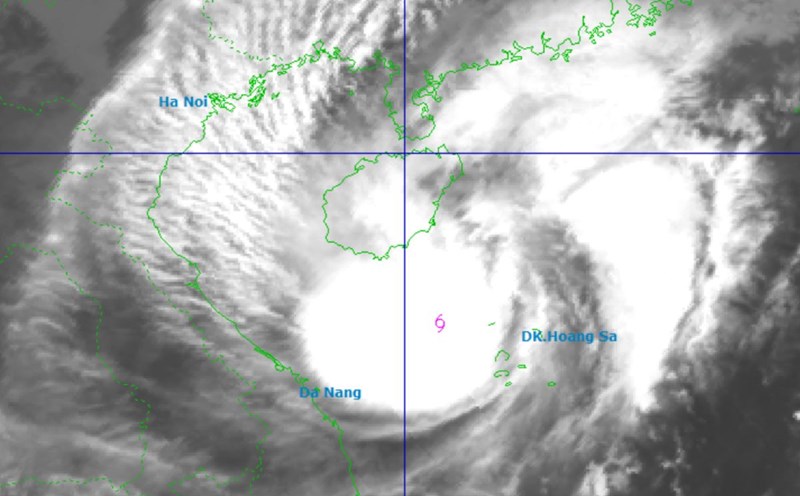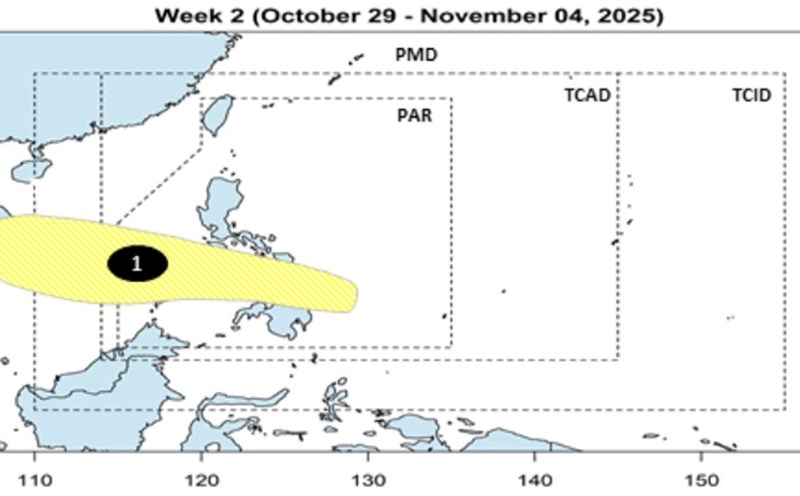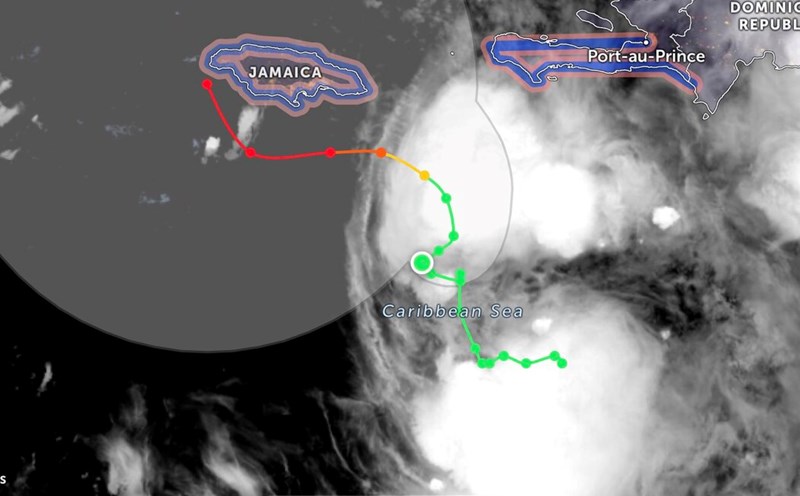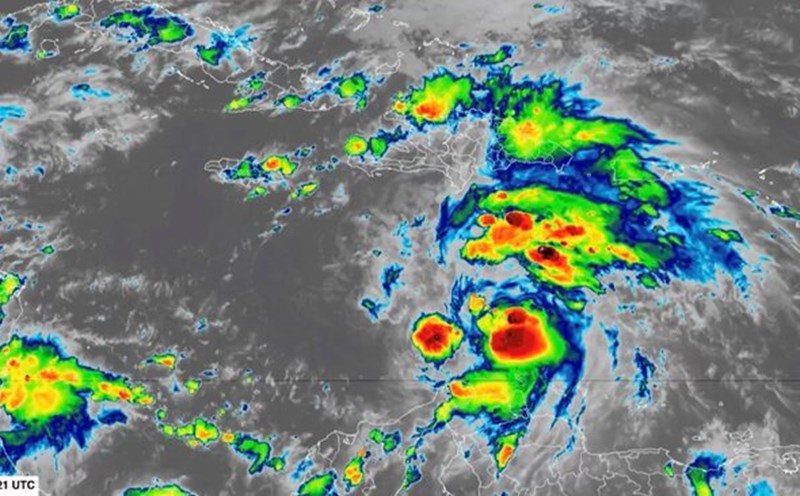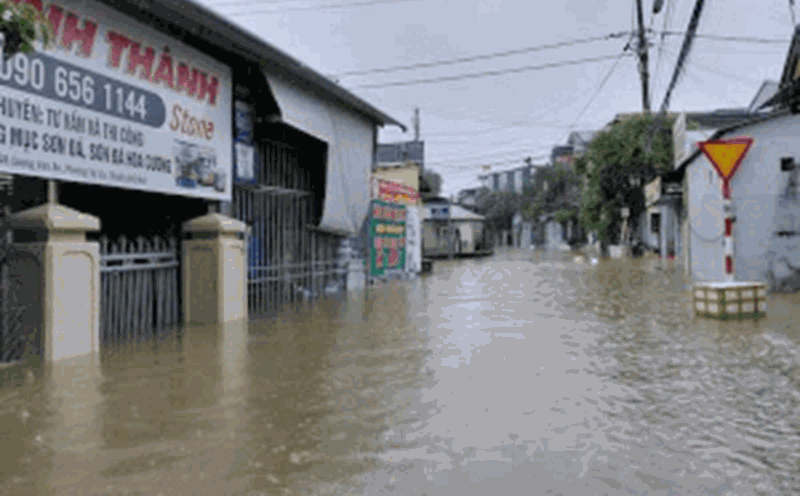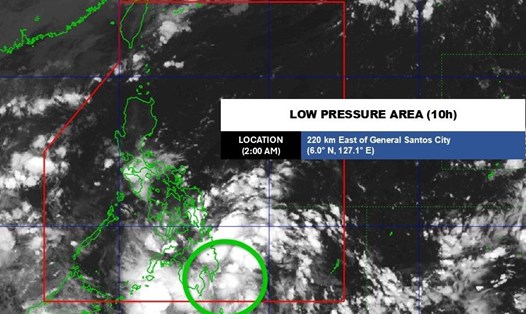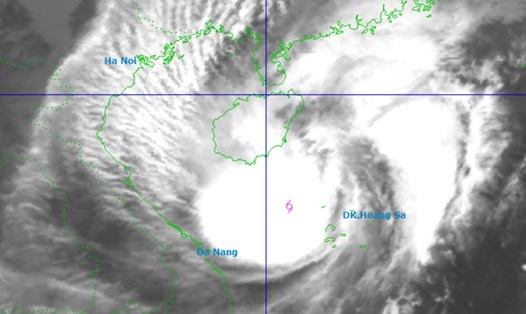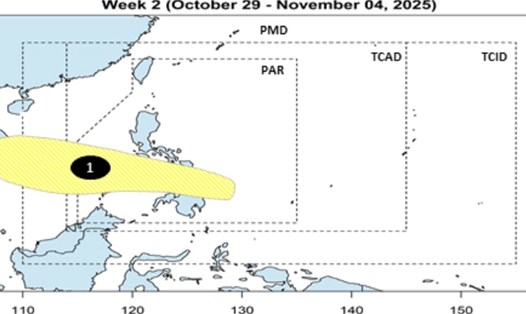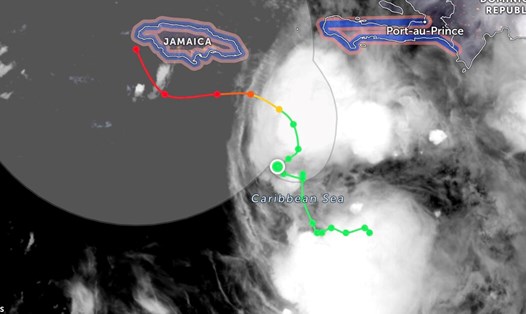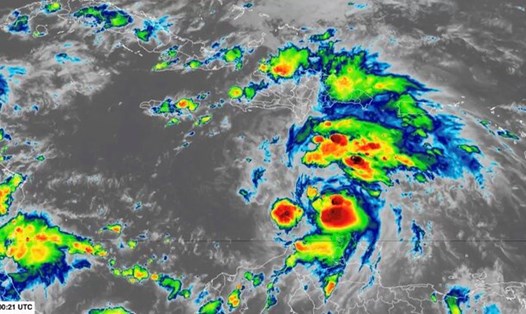The latest hurricane report from the US National Hurricane Center on the morning of October 26 said that Melissa strengthened into a hurricane with winds of 145 km/h on October 25. The center of the storm is currently about 210km southeast of the capital Kingston, Jamaica, moving at a speed of about 5km/h.
Melissa has been moving at a surprisingly slow pace for many days and is expected to continue moving slowly westward through the night of October 26. The US National Hurricane Center warned that Melissa could strengthen to a Category 5 hurricane or super typhoon by the afternoon of October 27.
Jamaica appears to be the focus of Hurricane Melissa's worst impacts, with heavy rains causing flooding, destructive winds and storm surge. Shelter is forecast to make landfall in Jamaica late on October 27 or the morning of October 28. Haiti is also expected to face dangerous flood and landslide threats from Meliss.
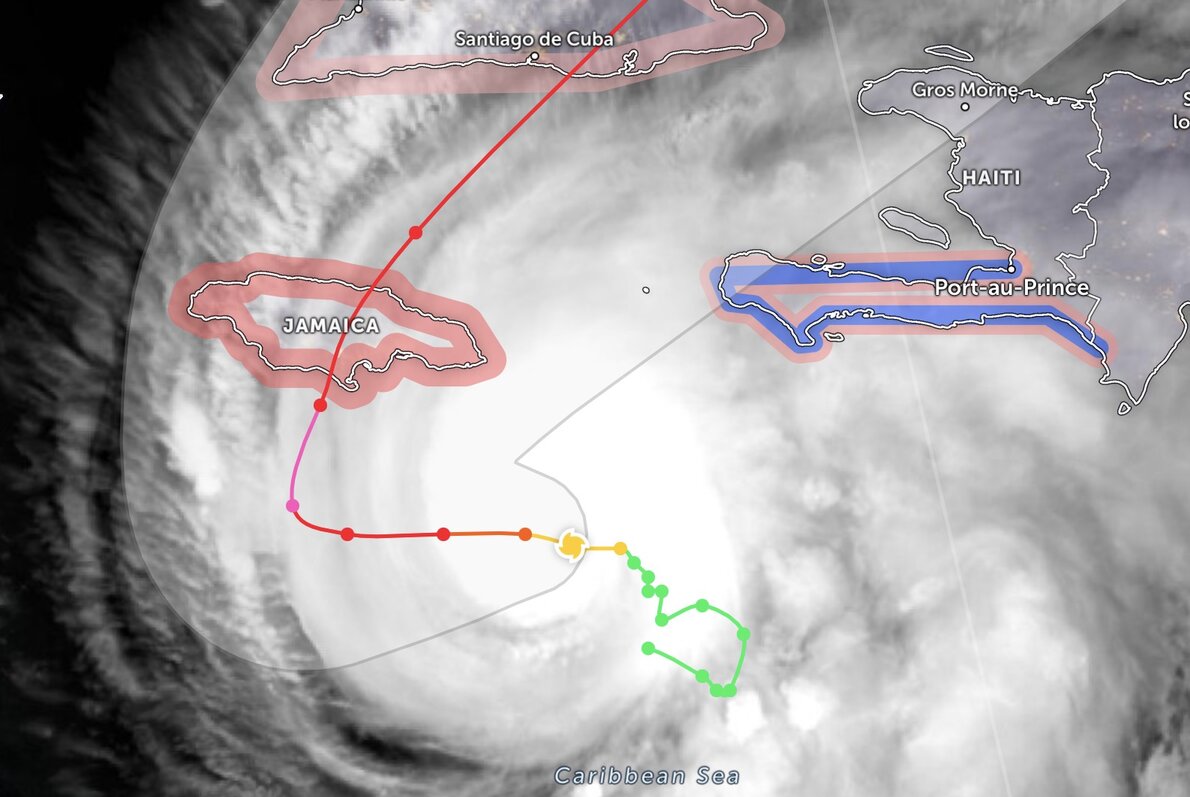
Shelter has been moving very slowly for several days, causing heavy rain in Haiti and the Dominican Republic over the past week, leading to flooding and landslides. The Haiti Civil Protection Agency said at least three people died as a result of the storm, including two from landslides. In the Dominican Republic, at least one person has died and more than 1,000 people have been evacuated.
Shelter is forecast to rapidly strengthen into a Category 4 or stronger hurricane within 24 hours from the afternoon of October 26, increasing the threat of strong winds and high tides along with heavy rain as the storm moves closer to south of Jamaica.
US forecasters cannot rule out the possibility of Shelter making landfall as a Category 5 hurricane. Melissa could be the strongest storm ever to hit Jamaica.
Jamaica, Haiti and the southern Dominican Republic are expected to face the worst of the 13th storm of the Atlantic hurricane season through early next week. The next area most severely affected by Shelter is eastern Cuba, the southern Bahamas and the Turks & Caicos Islands.
About 635mm of rainfall from Shelters will occur in parts of southwestern Haiti and Jamaica through October 28, with a local maximum of about 889mm in the Tiburon Peninsula, Haiti.
eastern Cuba could see up to 10 inches (203 mm) of rain. Additional rain is expected after October 28 in Jamaica, Haiti and Cuba.
Jamaica has not only experienced thunderstorms from Shelter, but also faced strong windy days. The country, which has nearly 3 million people, could see strong typhoon-force winds on October 26 and 27. The strongest winds are likely to appear as Shelter approaches Jamaica from October 27 to October 28. Falling trees, power outages and damaged infrastructure can occur on a large scale.

